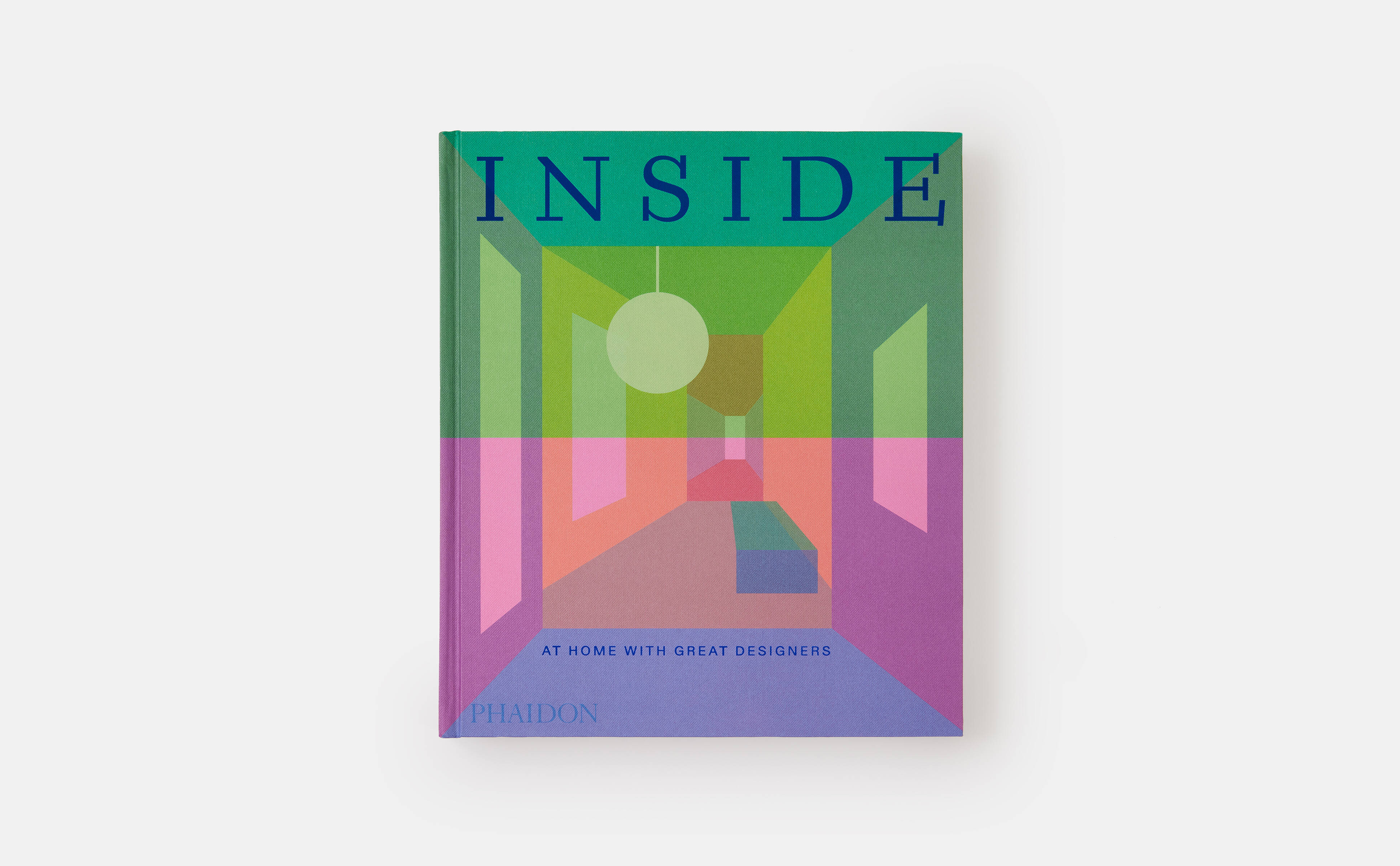
Inside the English house that feels like a modernist sculpture
British designer Faye Toogood says this family home was the first place she could truly live a modern life
Open the covers of Inside and you’ll enter some truly extraordinary homes. This new book features sixty beautifully conceived, exquisitely photographed houses belonging to sixty of the world’s most celebrated interior designers and decorators. Each is as distinct as its creator, and, in some sense these homes serve as a type of self-portrait. As Phaidon’s commissioning editor for fashion and interior design, William Norwich puts it in the book’s introduction, “personal style is not a secret to keep but a communication technique to share. Decorators telegraph their faith in gracious living, food, fashion, art, wellness, and especially the decoration of houses.”
Just as tastes in fashion, food and decoration change throughout a person’s lives, so these interior ‘portraits’ reflect different stages in their creators’ lives. During the early 2010s, the British designer Faye Toogood had been living in a late-Georgian London home “with deep blue, moody hues she likened to a Vermeer painting.”
However, in 2014, prior to the birth of her first child, she and her husband moved into a very different home: a mid-century modern home with a large garden and a storied past. “It was Toogood’s husband, Matt Gibberd, cofounder of the Modern House estate agency, who discovered the home that they both fell in love with,” explains the text in Inside. “For him, the architectural significance was the draw: Swiss-born architect Walter Segal, an early and key proponent of the self-build method in the UK, conceived the midcentury home for his family.”
Toogood – who grew up in the countryside – was more taken with the place’s ample acreage. “Not only did the house stand out in stark contrast to North London’s multitude of Victorian and Georgian structures, but the property was also tucked away amid a lush landscape.”
The couple were keen to honour Segal’s original vision, and instead worked with the building’s neutral, mid-century palette, maintaining its wooden, sauna-style panelling, lining her dressing-room doors in thick cream felt and making curtains out of natural canvas — materials that Toogood was incorporating into her clothing designs at that time. The designer even bleached her hair and wore mainly white-and-cream clothes during the five or so years she spent living in this house.
“Toogood’s studio also made the white plaster coffee table, tapestry, and wooden-tambour unit in the living room,” explains Inside. “Interspersed with her own creations were stones she has collected, works by art and design friends, including Max Lamb, Bethan Laura Wood, and Martino Gamper and his wife, Francis Upritchard, as well as photographs by interior photographers Henry Bourne and Tobias Alexander Harvey, with whom Toogood has previously worked.”

Inside
It proved to be a good home for her; Toogood created one of her best-known works – her Roly-Poly Chair – while living in the house, and found the place enabled her to develop a new outlook on life. “This 1960s house was like living with a Barbara Hepworth sculpture or a Lucie Rie white pot,” says Toogood. “It was the first place where we could live a more modern life, and it really informed the way that we lived.”
To see more of Toogood’s work, order a copy of the designer’s monograph here; for more on this house and many others, order a copy of Inside here.